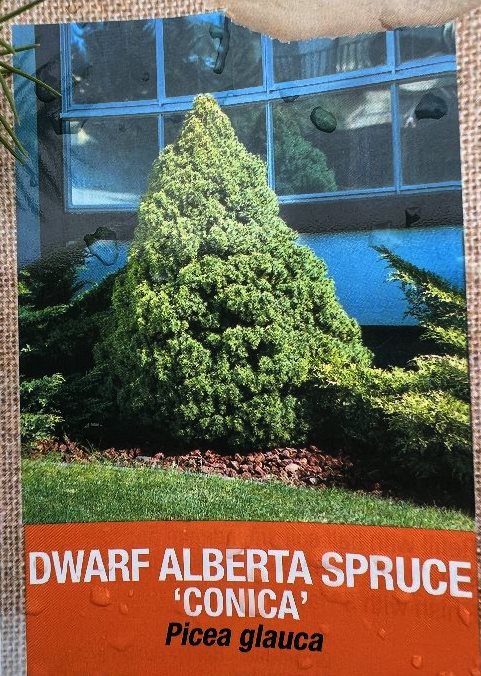
Ashley Davidoff TheCommonVein.net Our Garden
The Dwarf Alberta Spruce, scientifically known as Picea glauca ‘Conica,’ is a small evergreen coniferous tree that is popular for its compact and symmetrical form. It is a slow-growing tree that maintains its shape without requiring much pruning, making it a popular choice for landscaping and container gardening.
The leaves of the Dwarf Alberta Spruce are needle-like, short, and densely packed on the branches. They have a characteristic blue-green color, which gives the tree a striking appearance. The needles are arranged spirally around the branches, providing a dense and compact foliage.
During the winter months, the needles of the Dwarf Alberta Spruce often take on a slightly bronze or purplish hue, which adds visual interest to the landscape. In spring, new growth emerges with a brighter green color, rejuvenating the tree’s appearance.
It’s worth noting that the Dwarf Alberta Spruce is a smaller variety of the white spruce, typically reaching a mature height of about 6 to 8 feet (1.8 to 2.4 meters) and a width of 3 to 4 feet (0.9 to 1.2 meters). Its compact size and attractive foliage make it a versatile choice for a variety of garden settings, including rock gardens, borders, and foundation plantings.
Overall, the Dwarf Alberta Spruce’s needle-like leaves contribute to its unique and appealing appearance, making it a popular ornamental tree in many landscapes.
